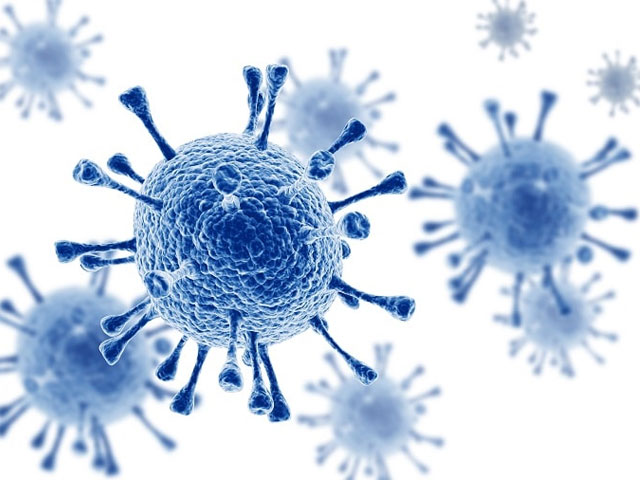
What is AIDS/HIV?
AIDS (Acquired Immune Deficiency Syndrome) is a viral immune problem. When it first appeared, it was named AIDS regarding its effect on the immune system due to its uncertain origin. In the 1980s, it was realized that the virus causing this disease was a human derivative of the primate virus SIV (Simian immunodeficiency virus) and this new virus was named HIV (Human Immunodeficiency Virus). For this reason, it is now often abbreviated as HIV/AIDS.
What are the symptoms of AIDS?
The HIV virus begins to reproduce itself immediately after entering the body but at different rates from person to person. The rate of progression of the disease and the appearance of the first symptoms vary depending on how the virus enters the body. Therefore, it may not cause any symptoms for many years.
After the level of virus in the body exceeds a certain limit, preliminary symptoms such as fatigue, diarrhea, the presence of white plaque in the mouth and frequent illnesses are observed. Since these symptoms can mean many other health problems, the disease will continue to progress in most cases without being diagnosed. In time however, more extreme symptoms will be observed as follows:
- Rapid weight loss
- Prolonged diarrhea
- Heavy night sweats
- Frequent recurrent fever
- Deep sores in the mouth
- Colored spots on different parts of the body
- Various respiratory diseases
How is AIDS transmitted?
AIDS is spread when body fluids of people infected with the HIV virus enter the body of people who have not been in contact with the virus. Body fluids that are effective in spreading the virus can be blood, semen, vaginal secretions and breast milk. The transmission routes can be listed as follows:
1- Through sexual intercourse
4 out of 5 HIV cases occur through sexual intercourse. The virus, which is found in the sperm cell of an HIV-positive man and in the vaginal secretion of an HIV-positive woman, enters the body through mucous membranes whose integrity is compromised during sexual intercourse. Even a single unprotected sexual intercourse with an HIV+ person can cause a transmission.
2- Through blood
This transmission usually occurs through injury with instruments that have come into contact with the blood of an infected person, or through contact of infected blood with skin or mucous membranes.
3- Mother-to-baby transmission
A mother infected with the virus can transmit the disease to her baby during pregnancy, labor or breastfeeding after birth.
How is AIDS diagnosed?
The basic test for diagnosis is the ELISA test. The result is considered negative if the presence of HIV infection cannot be proven in this test. If the initial ELISA test is positive however, the test will be repeated. If the second test is again positive, an additional confirmation test called Western blot will be performed. If the result of this test is also positive, the person is diagnosed with HIV/AIDS.
Is there an effective treatment for AIDS?
Yes for sure. Today, we are much more powerful against HIV compared to 80s when AIDS meant certain death. Now, we can prevent the decrease of the immune system cell called CD4 with at least three different medications. By doing this, we can have positive cases have stronger immune systems.
Which medication option will be used is determined according to the resistance of the virus to each alternative, and as long as the patient follows the given medication, HIV/AIDS can be controlled to a large extent.

